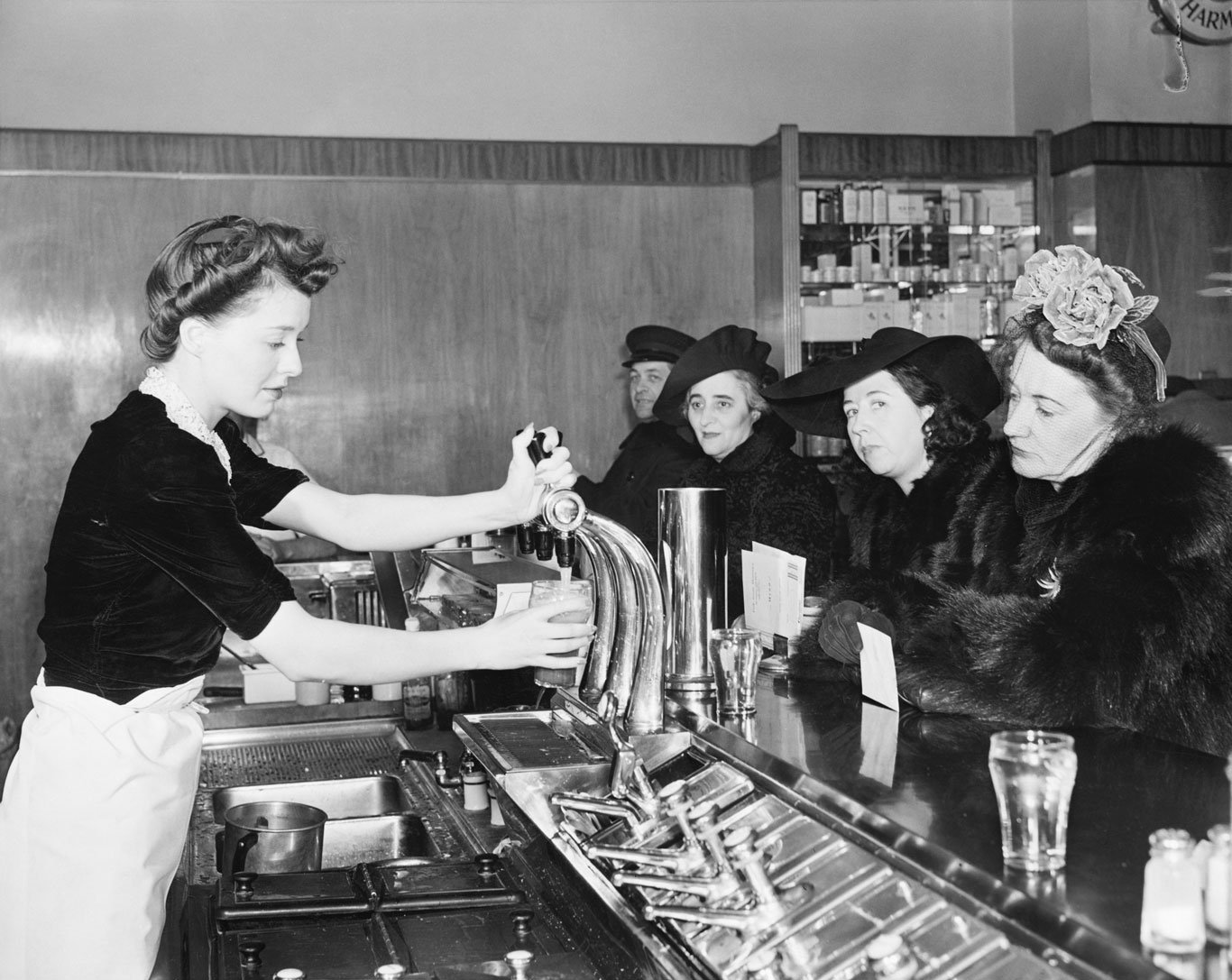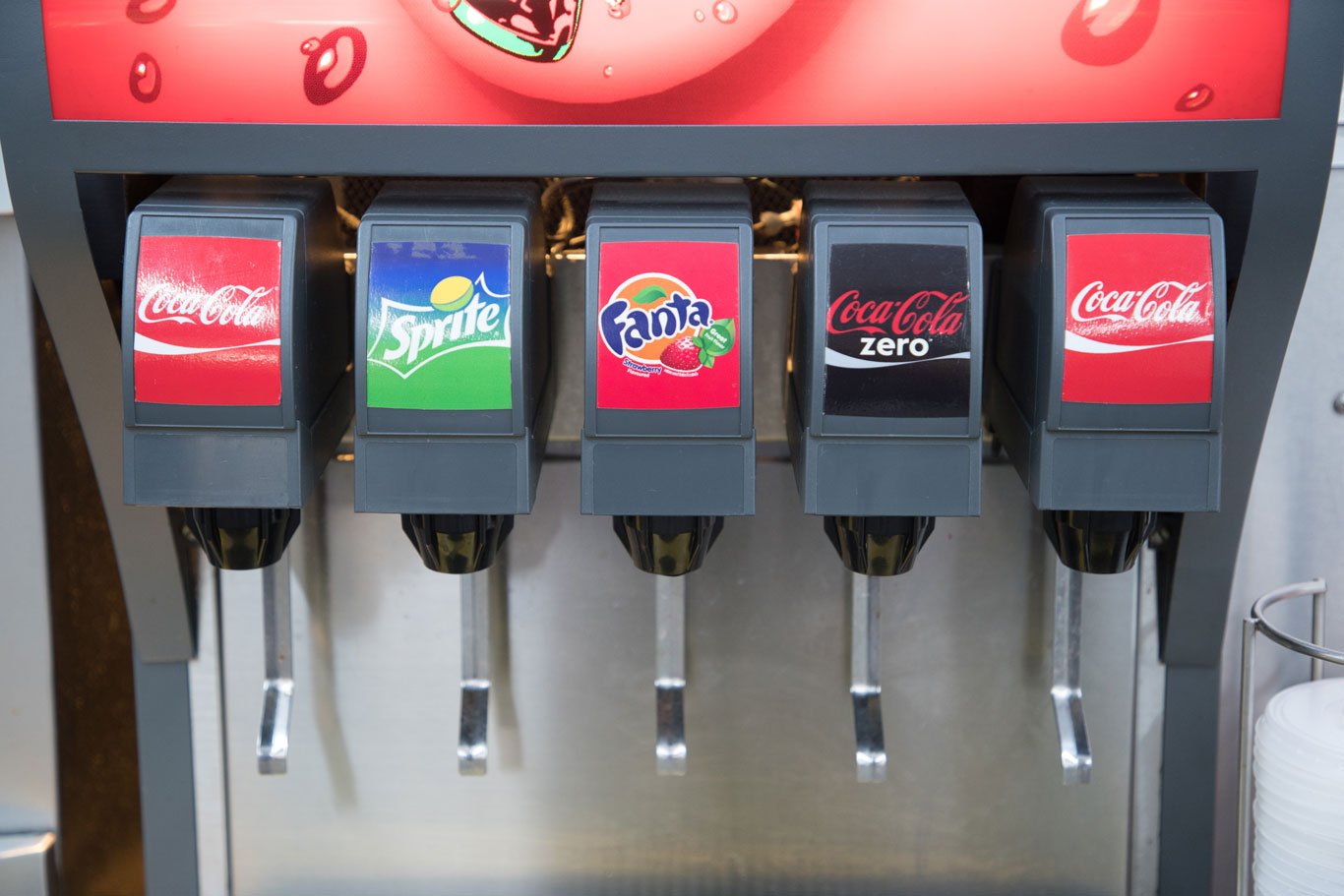What’s more refreshing than a cold, foamy root beer float on a warm summer’s day?
Imagine escaping the squelching summer heat by heading into a cool fountain shop for a creamy, foamy, fizzy treat. Root beer floats made an appearance into American culture at the soda fountain counters of the early 1900s long before air-conditioning.

With the main flavorings of sassafras and sarsaparilla grown in North America, root beer is a uniquely American drink with a long history and even bit of science behind it. August 6 is National Root Beer Float Day, and it’s a great time to dive into more about this drink.
The Sweet History of the Frosty Mugs
Many historians believe root beer has its origins in indigenous American herbal teas made from sassafras roots. Early European settlers mostly likely adapted the recipe to their brewing traditions. American colonists created drinks called “small beers” due to the scarcity of clean water. These small beers typically contained a small amount of alcohol (0.5-2 percent) and were consumed by the whole family, including children.
To make root beer, a mix of herbs, bark, berries, and roots would be boiled in water and then strained. Sugar and yeast would be added to the strained water mixture to carbonate the small beer. Through this traditional carbonating process, the yeast microorganisms eat the sugars in the mixture. While converting the sugar to energy for the yeast, carbon dioxide and some alcohol is released. Bottled beverages build up pressure, combining the liquid with the CO2 gas to carbonate the beverage.
Root beer became a medicinal tonic in the late 1800s. It even played a role as an alternative drink to beer during the Prohibition era while many brewers were out of work. During its early years, root beer was primarily made into a concentrate. Root beers that taste like what we know today started to gain popularity in 1880s. Many of the brands that gained popularity during this time, such as Barq’s, IBC, A&W, Mug, Dad’s, and Hires, are still well-known today.
How It’s Staying Afloat Today
Now, almost all root beers are made by mixing concentrated syrup and carbonated water. To make carbonated water, very cold water and carbon dioxide are combined in a high-pressure environment. The high pressure causes the carbon dioxide molecules to separate and surround themselves with water molecules. Carbonated water contains 16,000 times more carbon dioxide than regular water! All that extra CO2 adds the fizz to your sodas.
When soda fountains were invented in the early 1800s, this whole process would take up a lot of space in a building, sometimes even two floors of a building. Now, with a water pump, a carbonator, a CO2 tank, and flavored syrup, the whole process can take place in a countertop machine.

Become a Fizzisist at Home
National Root Beer Float Day is a great day to experiment with states of matter in this national treasure. Check out “Teaching Matter with Root Beer Floats”!
First, start by identifying the states of matter. In a root beer float, you combine the liquid root beer with the solid ice cream, which creates bubbles. These bubbles are trapped CO2 gas being released outside of the pressurized environment in which they were forced into the water. There’s also a physical reaction happening between the foaming agents in ice cream and the root beer, which creates the foaming bubbles.

To experiment, you can take the different variables of the root beer float and learn more about the reactions. Is the reaction different between warm and cold root beer? What happens if you use a cold glass? Does it matter if you put in the root beer or ice cream first?
Whether it’s to learn about the history of this American drink, to learn about carbonation, or to perform experiments, we will always be rooting for you!
Want to learn more? Check summer STEM activities at:
- The scoop on ice cream STEM activities
- School’s out for summertime fun
- Baking a classic: History, STEM, and chocolate chips
- Top 10 spring and summer activities
- STEM Anywhere
- TETRIX Anywhere

TOPICS: IDEAS & INSPIRATION, Science, STEM, Trends, Resources, Hands-on Learning



